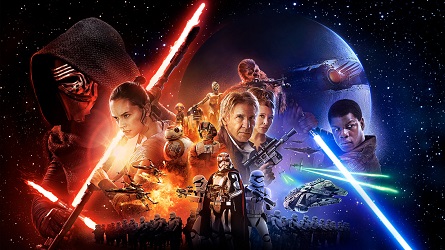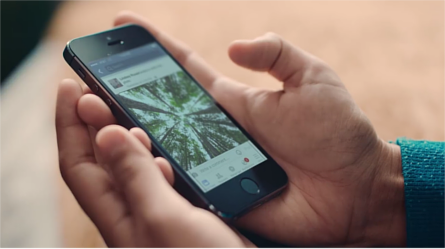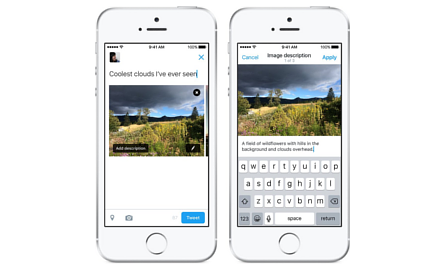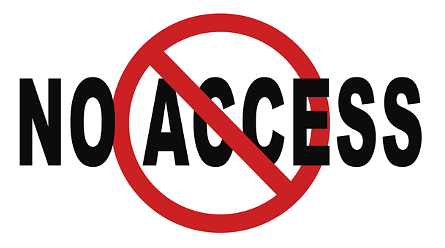Web
Facebook introduces automatic alternative text feature to iOS app
Twitter supports alternative text for images sent via app
Social media for those with a disability gets 2016 update
Ten years of accessibility on Twitter

In his blog, Robin Christopherson traces the accessibility of Twitter in ten tweets, showing the ebbs and flows as new features were developed.
Top of page
Accessible media preview from CSUN
Wikispeech project aims to make Wikipedia accessible for vision impaired people
Crossing the digital divide
Transcript of The Wire's interview with Dr Scott Hollier on 'Crossing the digital divide'
The Wire
Access to the internet is something most of us now take for granted and couldn’t imagine living without, but for one million Aussies with a disability that’s exactly what they have to do. For many, they think it will cost too much, especially to buy the kind of software they need to help them use it, for others, it’s just all too hard. Laura Corrigan reports.
Laura: Dr Scott Hollier is director of Digital Accessibility for advocacy group Media Access Australia.
Top of page
More work needed for digital inclusion at home

The ABS Household use of IT study, released on 18 February 2016, shows that the number of Australians accessing the net is continuing to rise, albeit at a slightly slower rate than in past years.
Top of page








